Healthy Soils Reduce Water Pollution
Absorbent soils yields big benefits for air and water.
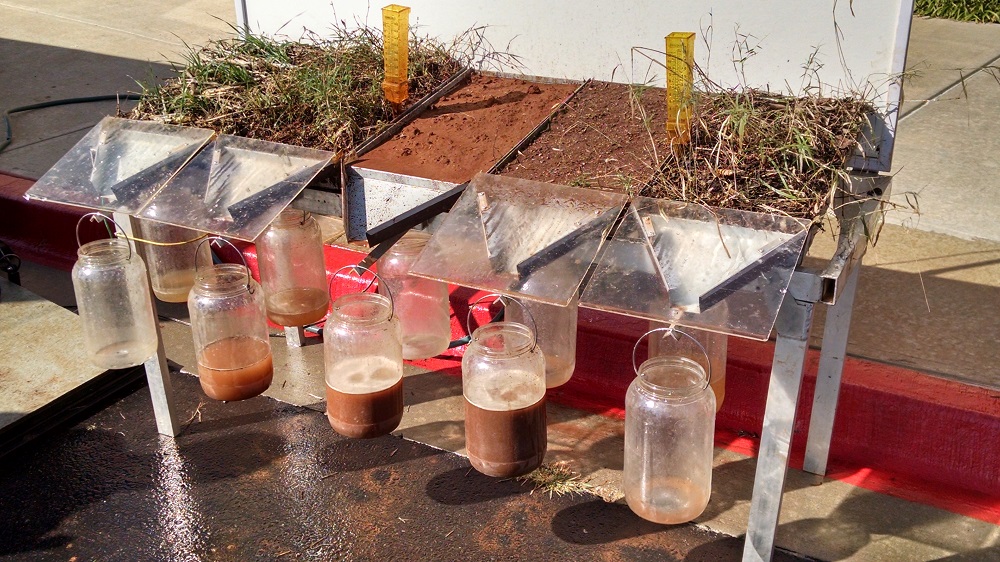
The rainfall simulator demonstrates the soil’s capacity to store and filter water. When heavy rain strikes bare fields and construction sites, the two soil samples in the middle, dirty water flows into rivers and streams. Photo © Brett Walton / Circle of Blue
By Brett Walton, Circle of Blue
NORMAN, Oklahoma — On a bright October morning in a hotel parking lot, Greg Scott turns on the rainfall simulator.
The machine’s swiveling nozzle sprays fat drops on five soil samples held in trays a few feet below. Some soil is bare; other samples are planted with prairie grass, wheat, and other field crops. Within minutes dirty, sediment-saturated water begins flowing off the plots that are not anchored by vegetation. In the other trays, the drops soak into the ground. The little water that does run off the planted trays is much cleaner, the color of green tea. The lesson of the artificial cloudburst is clear: neglect the soil and water will suffer.
A soil scientist with the Oklahoma Conservation Commission and a cattle rancher, Scott uses the contraption, hauled like a magician’s prop out of a trailer and onto the asphalt lot, to demonstrate how biologically diverse, untilled soils that are rich in organic matter can help solve agriculture’s twin challenges of water pollution and water scarcity.
“We have accepted for years that the dirty water was normal, and we’ve been putting up with that loss.”
–Greg Scott, soil scientist
Oklahoma Conservation Commission
Soil is having a moment. Several books in recent years — including Dirt by David Montgomery and The Soil Will Save Us by Kristin Ohlson — have cast the Earth’s skin in a starring role in the story of human progress and decline. The United Nations designated 2015 the International Year of Soils, in part to educate the public and farmers about the loam and clay beneath their feet. In Iowa, a closely watched Clean Water Act lawsuit seeks to hold three counties liable for the nitrate pollution that drains from farm fields and into the Raccoon River. In Ohio, polluted farm runoff is a leading factor in the algae blooms that are choking Lake Erie.
For Scott, solutions to those water problems are tied to the land. Healthy soils trap and store water, which is in short supply right now in California, Texas, and other dry, drought-prone regions. Healthy soils reduce the flow of sediment and nutrient into rivers, an odious combination that has made agriculture the leading cause of water pollution in the United States. Healthy soils also capture carbon and funnel less dust into the air, which helps farm communities breathe easier. The air in California’s Central Valley, a prime farming belt, is the country’s dirtiest, according to the American Lung Association.
Protecting soil is a win-win investment, Scott professes. Society gets cleaner air, more water, purer rivers, and farmers spend less money on fertilizers, fuel, and maintaining equipment.
“Like throwing a rock into a pond, there are ripples of benefits that accrue to society in general,” he told Circle of Blue.
When It Rains, Does the Soil Hold?
The rainfall simulator is a compelling illustration of the problem. Scott exhibited the $US 2,826 machine, which is made by Salina, Kansas-based Conservation Demonstrations, during the Society of Environmental Journalists conference in Norman, Oklahoma.
No observer would mistake the simulator for an Apple product. Elegant design is not the goal for a machine that creates mud. Resembling a repurposed lab bench, the simulator’s open frame holds five trays of soil, each slightly larger than a casserole dish. The trays are tilted downward at a four-degree angle and filled with rectangles of soil cut from living fields:
- Forested rangeland
- Compacted dirt from a construction site
- Conventional tilled soil
- Bermuda grass pasture
- No-till soil from a wheat field with remnants of canola and grain sorghum, two crops that are grown in rotation with the wheat, along with corn and soybeans
Farmers that employ no-till practices do not break up and turn over the soil between plantings. They inject new seeds directly into the harvested land, without disturbing the leftovers from last year’s crop. The no-till sample in the tray had roughly four percent organic matter, Scott said. The tilled soil: less than one percent.
Organic matter stores carbon and attracts earthworms, which help create cavities between the soil particles. Bumping up the organic matter by one percentage point increases the soil’s water storage capacity by 25,000 gallons per acre, Scott claimed, citing research from Kansas State University.
“Tillage agriculture destroys soil structure and destroys water storage,” Scott said.
Making Rain
Plastic bottles hang from the simulator’s slanted trays: one on the end to catch the surface runoff and one connected to the bottom of the tray to capture the deep percolation.
Above the trays is a rotating nozzle. Scott turns on the simulator and programs it to deliver an inch and a half of water to the trays in 15 minutes, mimicking a heavy rainstorm.
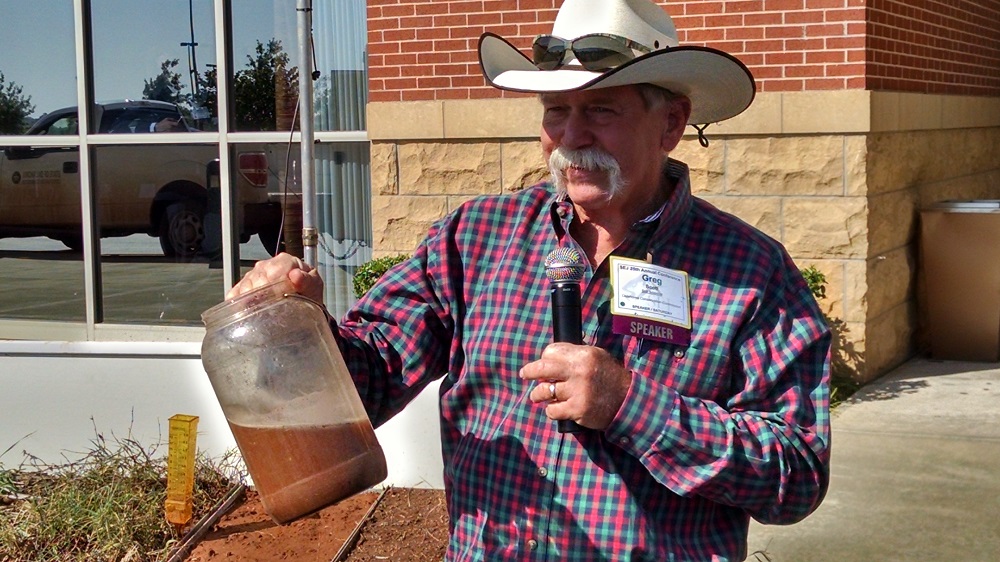
Greg Scott, a soil scientist with the Oklahoma Conservation Commission, holds up a bottle of dirty water that ran off the surface of compacted soil during a simulated rainstorm. Photo © Brett Walton / Circle of Blue
Even before the quarter-hour is up, the results are easy to see. Chocolate-colored water flows quickly off of the bare soil of the tilled field and the construction site. (The outcome is a bit skewed, however, because these two plots are beneath the nozzle and take the force of the water drops directly.) The forested rangeland and the no-till field have no surface runoff. Most of the water is held in the soil, and some drips into the bottle that drains the bottom of the tray, which indicates that water is soaking deeper into the earth.
The bare field is a familiar memory for Clay Pope, a farm consultant and former state representative who served as the vice chairman of the Oklahoma House Agriculture Committee. Pope joined Scott for the rainfall simulator demonstration.
“I grew up disking a lot of ground,” Pope said, using the farm lingo for tilling. After shutting off the simulator, he removed the tray of tilled soil, flipped it over on the asphalt, and tapped out the contents, like removing Jello from a mold.
“There’s your disked ground,” Clay Pope said, pointing at the inverted rectangle of dirt. An inch below the surface it was dry.
Then he pointed to the chocolate-colored water in the bottle that streamed off the surface of the tray. That water will not recharge the water table. “The basis of my well is now in a river and lake,” he explained.
Polluted runoff and little recharge: this is what American agriculture, in many cases, has become. Scott wants to see those attitudes change.
“We have accepted for years that the dirty water was normal, and we’ve been putting up with that loss,” Scott said. “If I want a system that is more resilient to climate extremes, I want a system that can make the most of the water that I have.”
Change Comes Slowly
If no-till, cover cropping, and other conservation practices provide such overwhelming benefits, why are they not more widely adopted?
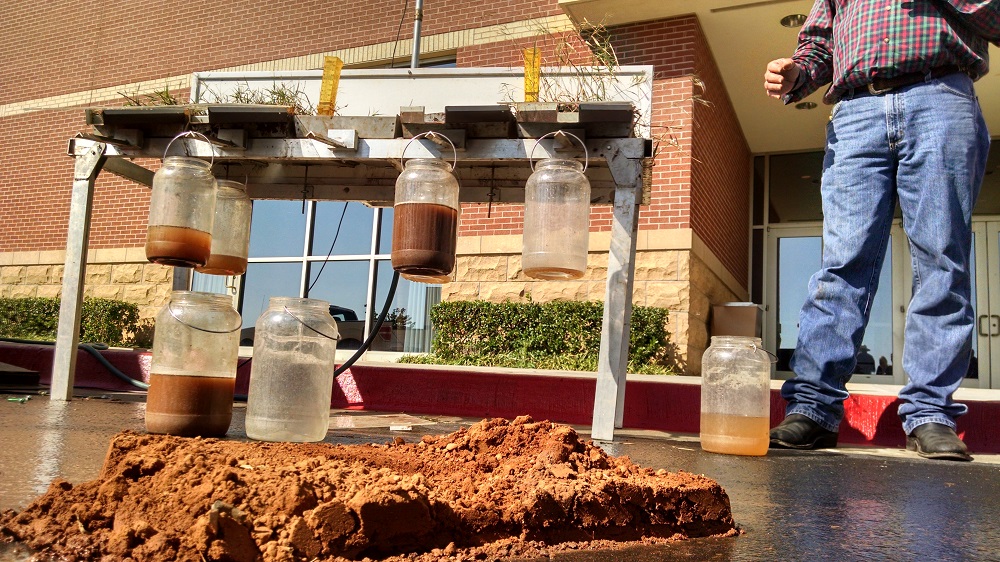
It is difficult for rain to soak into bare, compacted soil. The construction site soil in the foreground is dry an inch below the surface, even though it was drenched for 15 minutes with a simulated rainstorm. Photo © Brett Walton / Circle of Blue
Scott cites a variety of factors: older farmers might not want to spend time learning new practices (the average age of an Oklahoma farmer is 58, according to federal data); they might have misconceptions about the costs; they might not have good information.
Or, they might be impeded by the natural inclination to continue to do what one has always done.
“It’s easier to know the right things to do than to do them,” Scott mused. “It takes a few pioneers in a community to make a change and be an example for neighbors. Then neighbors will make those changes.”
In Oklahoma, 20 percent of the cropland, some 2.3 million acres, is no-till, according to the U.S. Department of Agriculture. Maryland, a national leader in no-till farming, is above 55 percent.
“The biggest issue for no-till is between the ears, if I can speak bluntly,” Scott said. “The challenge is for people to believe that dramatic differences are possible, that things can be better.”
Brett writes about agriculture, energy, infrastructure, and the politics and economics of water in the United States. He also writes the Federal Water Tap, Circle of Blue’s weekly digest of U.S. government water news. He is the winner of two Society of Environmental Journalists reporting awards, one of the top honors in American environmental journalism: first place for explanatory reporting for a series on septic system pollution in the United States(2016) and third place for beat reporting in a small market (2014). He received the Sierra Club’s Distinguished Service Award in 2018. Brett lives in Seattle, where he hikes the mountains and bakes pies. Contact Brett Walton

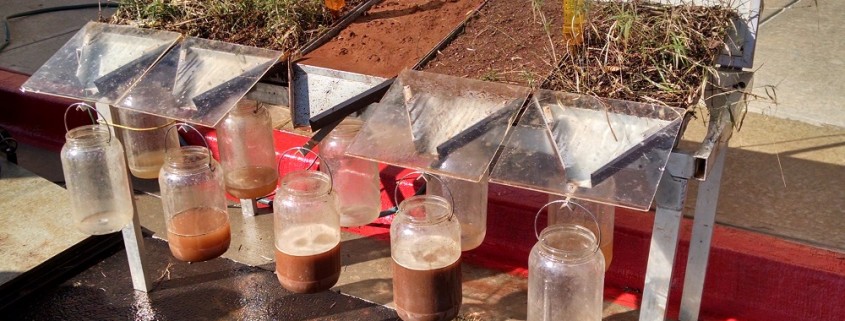

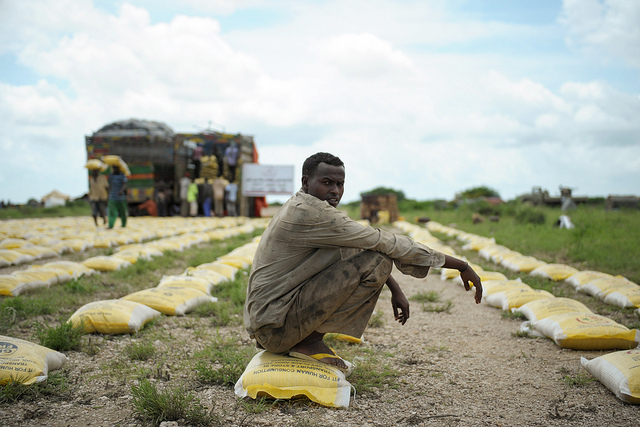
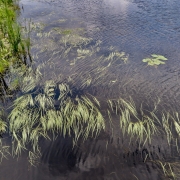

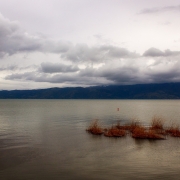
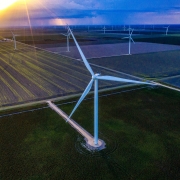
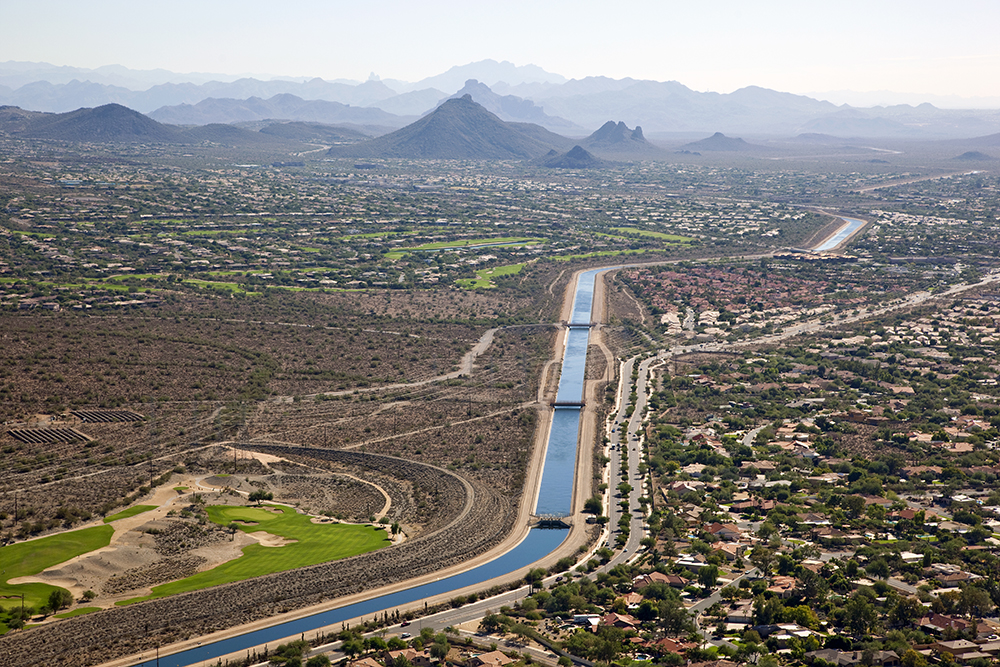



Leave a Reply
Want to join the discussion?Feel free to contribute!